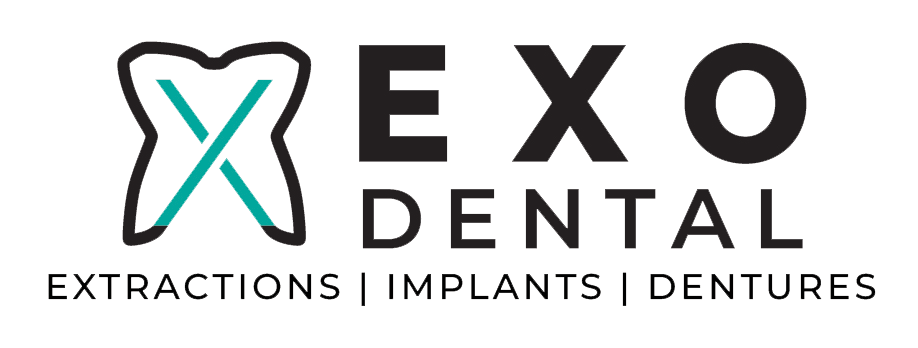Revolutionizing Dentistry with 3D Printing
3D printing is transforming the field of dentistry in remarkable ways. This advanced technology allows us to create precise dental appliances, improve treatment outcomes, and streamline processes. By using digital designs and high-tech printing methods, we can produce everything from custom dentures to intricate dental implants with unparalleled efficiency and accuracy.
One of the biggest advantages of 3D printing in dentistry is its ability to customize treatments. Traditional methods often involve lengthy processes that can be uncomfortable for patients. With 3D printing, we can reduce wait times and enhance the fit and function of dental appliances. This technology also supports more complex procedures, providing solutions that were once thought impossible.
The integration of 3D printing into dental practices isn’t just about speed and precision—it’s also about improving the overall patient experience. The resulting products are more comfortable, durable, and tailored to individual needs. Furthermore, this innovation is paving the way for future advancements, continually setting new standards in dental care. By embracing 3D printing, we aim to deliver top-notch dental solutions that enhance both patient satisfaction and clinical outcomes.
The Basics of 3D Printing in Dentistry
3D printing in dentistry involves creating three-dimensional objects from a digital file. This process starts with a digital scan of a patient’s mouth, capturing precise measurements and shapes. The digital model is then transferred to a 3D printer, which builds the object layer by layer using materials like resin, plastic, or metal. This advanced technique allows us to craft detailed dental appliances with unparalleled accuracy.
This technology is especially beneficial for producing dental implants, crowns, bridges, full dentures, and partial dentures. The digital precision ensures a perfect fit, which enhances comfort and functionality. Additionally, 3D printing reduces the time it takes to create these appliances, enabling quicker turnarounds for patients who need timely dental solutions. The introduction of 3D printing has streamlined many aspects of dental care, making treatments more efficient and effective.
Applications of 3D Printing: Enhancing Dental Treatments
- Custom Dental Implants: 3D printing allows us to design and manufacture dental implants that perfectly fit an individual’s jawbone structure. This customization improves the success rate and longevity of implants, providing a stable foundation for artificial teeth.
- Precision-Made Dentures: Traditional denture-making can be a lengthy and uncomfortable process. With 3D printing, we can create full and partial dentures that fit better and feel more natural. This not only enhances patient comfort but also improves the overall function of the dentures.
- Surgical Guides: 3D printing helps us produce surgical guides for complex procedures. These guides ensure that implants, extractions, and other surgeries are performed with high precision. This reduces the margin for error and improves surgical outcomes.
- Crowns and Bridges: 3D printing enables the creation of crowns and bridges that match the exact shape and color of natural teeth. This ensures a seamless look and feel, making dental restorations almost indistinguishable from real teeth.
- Customized Orthodontic Devices: Even though we avoid focusing on Invisalign and other orthodontic treatments, 3D printing significantly benefits the creation of other orthodontic devices that may be necessary for dental implants or other treatments.
The versatility of 3D printing in dentistry is truly remarkable. It allows for precise customization, improves patient outcomes, and streamlines many aspects of dental treatment. Whether we’re crafting dental implants, dentures, or surgical guides, this technology ensures we deliver the best possible care for our patients.
Benefits of 3D Printing for Patients and Dentists
The introduction of 3D printing in dentistry offers numerous benefits both for patients and dental professionals. For patients, one of the most significant advantages is the enhanced comfort and fit of dental appliances. Custom-made dentures, implants, and surgical guides lead to better treatment outcomes, boosting patients' confidence and quality of life.
Additionally, 3D printing reduces the time spent in the dental chair. Traditional methods for producing dental appliances often require multiple visits and lengthy waiting periods. With 3D printing, the process is much quicker, allowing for faster turnaround times. Patients can receive their custom appliances sooner, making treatments less disruptive to their daily lives. This is particularly beneficial for procedures involving extractions, where timely replacement of missing teeth is crucial.
For dentists, 3D printing streamlines many aspects of practice. The technology allows for precise and accurate fabrication of complex dental structures, enhancing the quality of care provided. It also reduces the chances of human error, ensuring that dental prosthetics and surgical guides fit perfectly on the first try. This precision results in fewer adjustments and follow-up appointments, saving time for both the dentist and the patient.
Furthermore, 3D printing in dentistry is cost-effective. Although the initial investment in 3D printing technology can be high, the long-term savings become evident. The reduction in material waste and the efficiency in production lead to lower overall costs. Dentists can pass these savings on to their patients, making advanced dental care more accessible and affordable.
The Future of 3D Printing in Dental Care
Looking ahead, the future of 3D printing in dental care holds incredible promise. As technology continues to evolve, we can expect even more advancements that will further enhance the capabilities and applications of 3D printing in dentistry. One exciting area of development is the use of biocompatible materials that mimic natural tissues, offering even better integration with the patient's body.
Research is also underway to improve the speed and efficiency of 3D printers. Faster printing times will make same-day dental restorations a reality, greatly benefiting patients who require immediate care. This innovation could also extend to complex dental procedures such as full arch replacements, significantly reducing the time and discomfort associated with traditional methods.
Additionally, the integration of artificial intelligence (AI) with 3D printing is likely to revolutionize dental care. AI can assist in creating even more accurate digital models, predicting patient-specific needs, and customizing treatment plans with exceptional precision. This combination of technologies will lead to highly personalized dental care, improving outcomes and patient satisfaction.
As these advancements continue, 3D printing will become even more integral to our dental practices. The possibilities are vast, from creating intricate dental implants to developing entirely new treatment methods. We look forward to leveraging these innovations to provide our patients with the highest standard of care.
Conclusion
3D printing is transforming dentistry, offering numerous benefits for both patients and dental professionals. With its precision, efficiency, and potential for innovation, 3D printing is setting new standards in dental care. Whether it's creating custom dental implants, improving the fit of dentures, or streamlining surgical procedures, this technology is revolutionizing the way we approach dental treatments.
Are you ready to experience the future of dental care? At Exo Dental, we are committed to providing the latest advancements in dentistry to improve your smile and well-being. Schedule a consultation with Exo Dental today to learn more about how
3D denture printing can enhance your dental treatment and overall experience. Let us help you achieve a healthier, more confident smile with our cutting-edge solutions.
Don't hesitate to contact Exo Dental in Rogers to discuss your tooth removal and oral surgery options. Hablamos Español.

